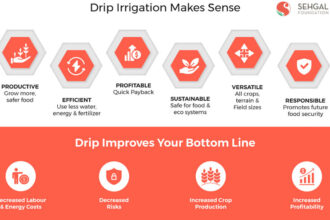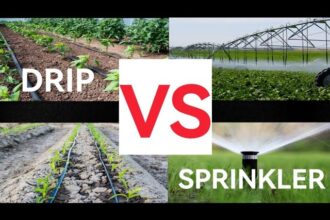Drip irrigation is a highly efficient watering system, and Rain Bird is a trusted name in this field. This guide explores the key features of Rain Bird drip irrigation systems, their benefits, and a step-by-step guide for installation. Whether you’re a beginner or an experienced gardener, this guide will help you make the most of your irrigation setup.
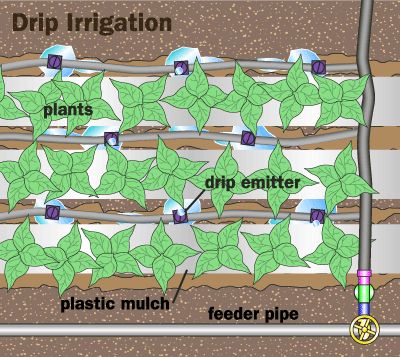
Why Choose Rain Bird Drip Irrigation Systems?
Rain Bird systems are designed to provide precision irrigation with minimal water waste. They stand out for their:
- Durability: Built to withstand outdoor conditions for long-term use.
- Flexibility: Suitable for gardens, lawns, and potted plants.
- Efficiency: Delivers water directly to plant roots, reducing evaporation.
Key Features of Rain Bird Drip Irrigation Systems
- High-Quality Components
- Emitters, tubing, and connectors made from durable materials.
- UV-resistant components to prevent wear.
- Customizable Design
- Systems can be tailored for gardens, raised beds, or large landscapes.
- Compatible with various accessories like pressure regulators and filters.
- Water Efficiency
- Reduces water consumption by up to 70% compared to traditional watering methods.
- Ease of Installation
- Comes with detailed instructions and user-friendly components.
- Automation Options
- Compatible with Rain Bird timers for scheduled watering.
Step-by-Step Installation Guide
1. Plan Your Layout
- Sketch the area you want to irrigate.
- Identify water source, plants, and pathways.
2. Gather Required Materials
- Rain Bird drip irrigation kit.
- Additional tubing, emitters, and connectors (if needed).
- Tools: scissors, tape measure, and a small shovel.
3. Set Up the Mainline Tubing
- Connect the mainline tubing to your water source.
- Lay the tubing along the planned routes.
4. Install Emitters
- Punch holes in the tubing at designated plant locations.
- Attach emitters securely.
5. Secure the Tubing
- Use stakes or clips to hold the tubing in place.
- Ensure emitters are positioned correctly near plant roots.
6. Test the System
- Turn on the water and check for leaks or misaligned emitters.
- Adjust flow rate as needed.
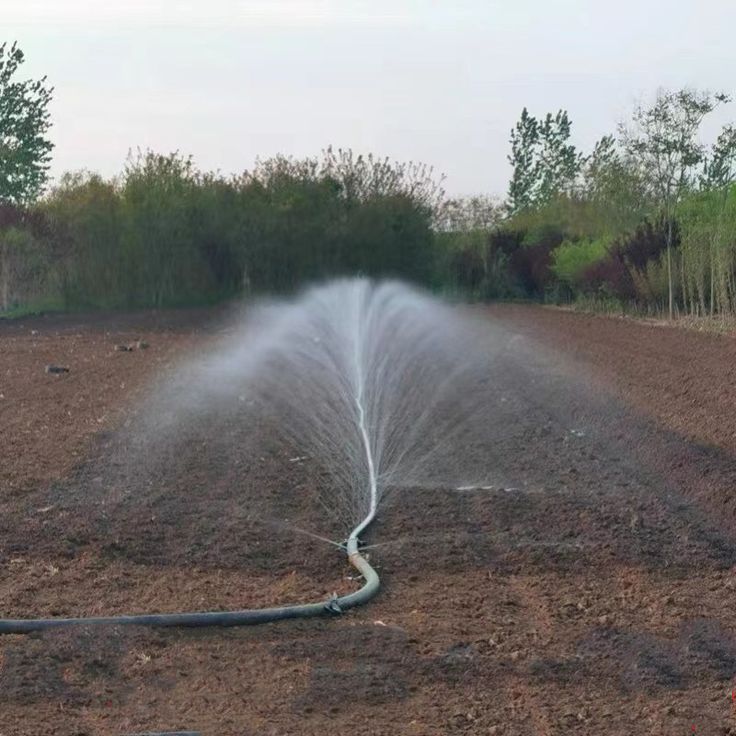
Benefits of Using Rain Bird Drip Irrigation
1. Saves Water and Time
- Reduces manual watering time.
- Conserves water by targeting specific plants.
2. Improves Plant Health
- Prevents overwatering and reduces risk of fungal diseases.
- Ensures even water distribution.
3. Cost-Effective
- Initial investment pays off with reduced water bills.
- Durable components minimize replacement costs.
Comparison: Rain Bird vs. Competitors
| Feature | Rain Bird | Competitor A | Competitor B |
|---|---|---|---|
| Durability | High | Medium | High |
| Customization Options | Extensive | Moderate | Moderate |
| Water Efficiency | Excellent | Good | Good |
| Ease of Installation | User-Friendly | Moderate | User-Friendly |
| Automation Compatibility | Yes | Limited | Yes |
User Feedback
Positive Reviews
- “Rain Bird’s system was incredibly easy to install and saved me hours of watering!” – Sarah, USA
- “My garden looks healthier than ever, and my water bill has gone down.” – Ahmed, UAE
Areas for Improvement
- “I had to purchase extra tubing as the kit didn’t cover my large yard.” – Priya, India
- “It took some trial and error to get the emitters positioned correctly.” – Miguel, Mexico
Tips for Optimizing Your Drip Irrigation System
- Regular Maintenance
- Check for clogged emitters and clean them periodically.
- Seasonal Adjustments
- Modify watering schedules based on seasonal changes.
- Use a Timer
- Automate watering to maintain consistent hydration.
- Invest in Quality Accessories
- Pressure regulators and filters enhance system performance.
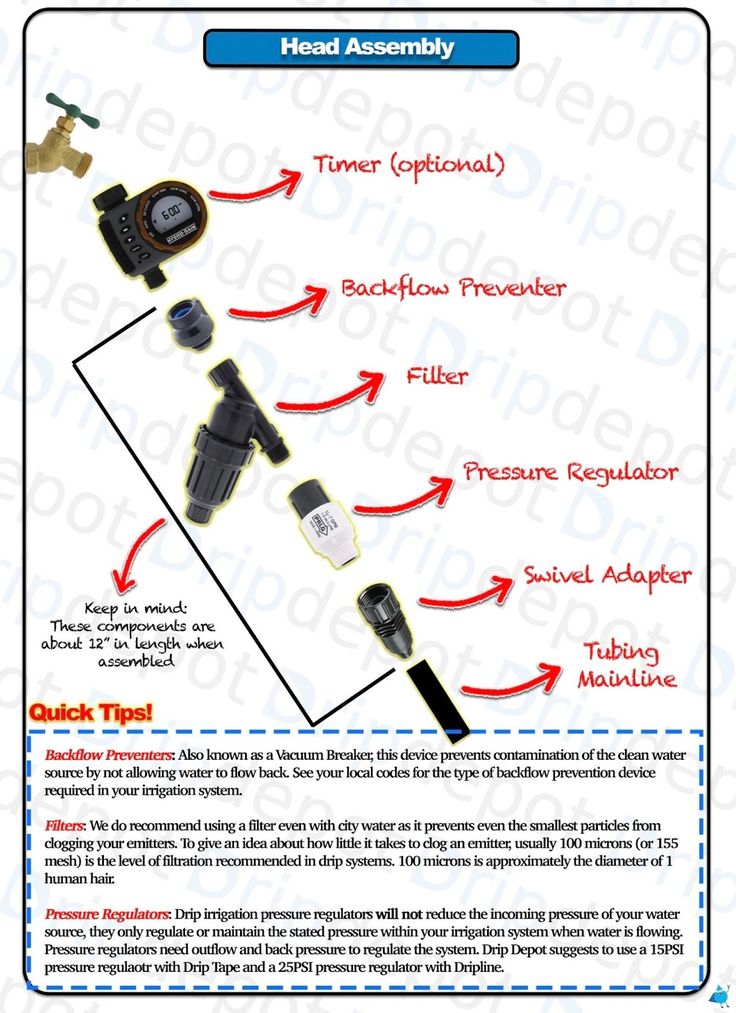
Conclusion
Rain Bird drip irrigation systems are a reliable choice for gardeners and farmers looking to enhance water efficiency and plant health. With proper planning and installation, these systems can transform your watering routine, saving time and resources while boosting productivity.


